“Why did I ever order those tests?” This is the question that Dr. Sharon Ostfeld-Johns of Yale Medical School now asks herself of every drug test she ever ordered for newborns with mothers who were heavy users.
The pediatrician is one of a growing cadre of doctors who think that at risk babies should not be screened for drug exposure because positive tests lead to interactions with child welfare services and exacerbate what they see as racial bias in the system. Like so many new policies in this field, though, the efforts to reduce racial disparities only end up harming the most vulnerable children.
Dr. Ostfeld-Johns offers the example of a newborn she regrets getting a test for because she didn’t doubt the parenting abilities of the mother – who used marijuana to help her eat and sleep throughout her pregnancy. Dr. Ostfeld-Johns’s hospital in New Haven has now ended automatic testing, a policy highlighted in a new report on the issue from the non-profit Marshall Project, despite a warning from some doctors that doing so was “ultimately going to hurt babies.”
The reason we drug test certain newborns is not simply because we want to give them good medical care; it’s because we worry about sending home newborns with mothers suffering from addiction. A substantial percentage of babies who died from maltreatment in this country were first identified by positive drug tests at birth, but were sent home with little follow up. Many died from drug exposure or after an intoxicated parent rolled onto them.
It is also not the job of doctors to judge whether a baby is safe at home. That’s the job of child welfare workers, who have access to many more sources of information (child abuse reports, home investigations, domestic violence reports) than a woman’s doctor would. But these agencies have also taken a “see no evil, hear no evil” approach to the problem of drug use in infants.
Checking up on parents with substance abuse problems does not mean automatically taking children into foster care. Of the more than four million children who were reported in 2023 as being abused or neglected fewer than 200,000 entered foster care.
Most families were either screened out or received some kind of in-home services. But to hear some activists and academics tell it, this country has a “family policing system” whose roots are found in slavery and whose sole mission is to separate black children from their parents.
And so they have launched a concerted effort to pull back from reporting and investigating child maltreatment because they don’t like the racial disparities in the system. In Connecticut and New Mexico, doctors are being discouraged from reporting substance exposure.
Two medical journals recently published articles supporting the idea of abolishing the child welfare system and suggested that if doctors suspected a child was malnourished, they should just refer a family to a soup kitchen.
In New York, teachers are discouraged from reporting neglect to the Administration for Children’s Services. Reports to ACS are being increasingly pushed into a non-investigative track where workers simply offer services to families to support them but do not launch a real inquiry into what’s going on. And there are no consequences for failing to engage with services.
The public too is getting the message. As far back as 2020, a woman wrote into the Ethicist column of the New York Times to say that a neighbor down the hall was “repeatedly hitting and screaming obscenities at her two young children. These are not casual slaps (if there are such things) or a parent raising her voice.” But since the offender was a “woman of color” the author didn’t want to report her to police “for obvious reasons.”
All of this is putting children at serious risk. There has been a sustained increase in deaths due to child abuse and neglect – a trend that continues as states release new data. In hundreds of these cases, people knew, including child welfare agencies. According to federal reports, there are around 2,000 deaths of children by abuse and neglect each year, a number that my colleagues and I believe is a serious undercount.
But in the past few years, the field has focused on ideology over safety. It is true that black parents are more likely to be investigated and their children are more likely to be removed, but black children are also three times as likely to die from maltreatment as their white peers. If you think of child protective services as something that helps children you’d expect to see higher numbers of black families investigated.
Child protective services is not tasked with making the world look the way we want it to. It is the ambulance, urgently helping those most in need, regardless of their skin color. Stopping it will have deadly consequences.
Doctors are embracing identity politics – and harming babies
Efforts to reduce racial disparities end up hurting the most vulnerable children
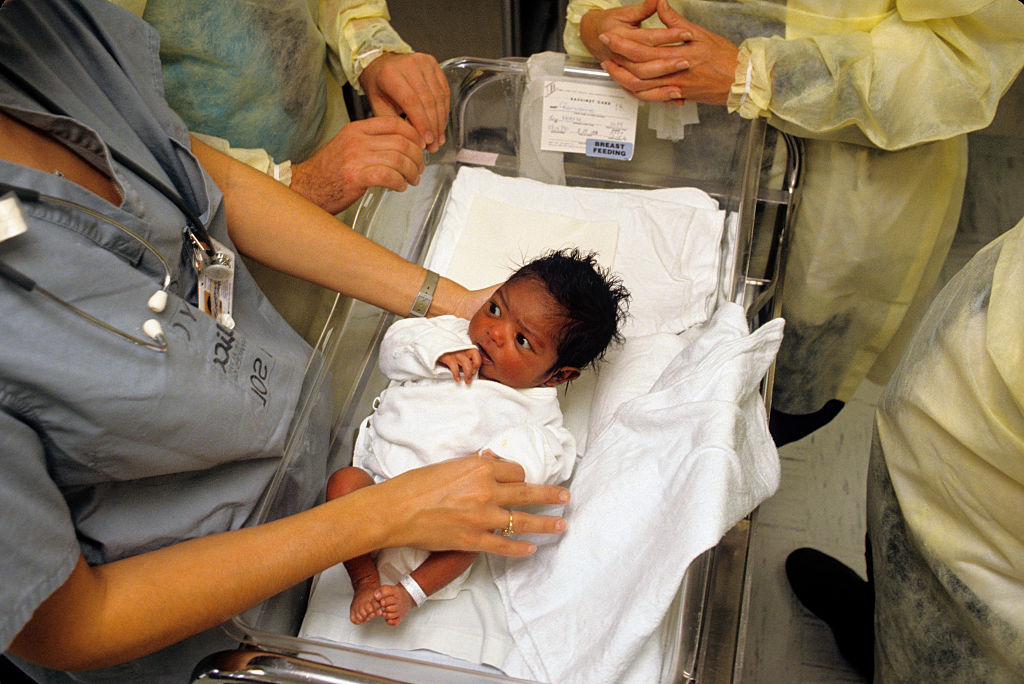
A newborn baby is presented while still in the intensive care unit. (Getty Images)
“Why did I ever order those tests?” This is the question that Dr. Sharon Ostfeld-Johns of Yale Medical School now asks herself of every drug test she ever ordered for newborns with mothers who were heavy users.The pediatrician is one of a growing cadre of doctors who think that at risk babies should not be screened for drug exposure because positive tests lead to interactions with child welfare services and exacerbate what they see as racial bias in the system. Like so many new policies in this field, though, the efforts to reduce racial disparities…










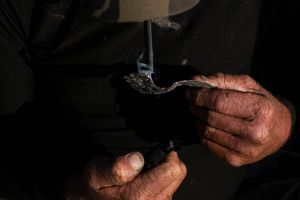
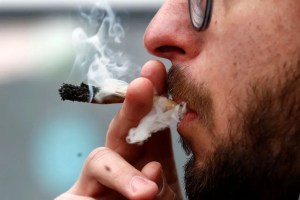
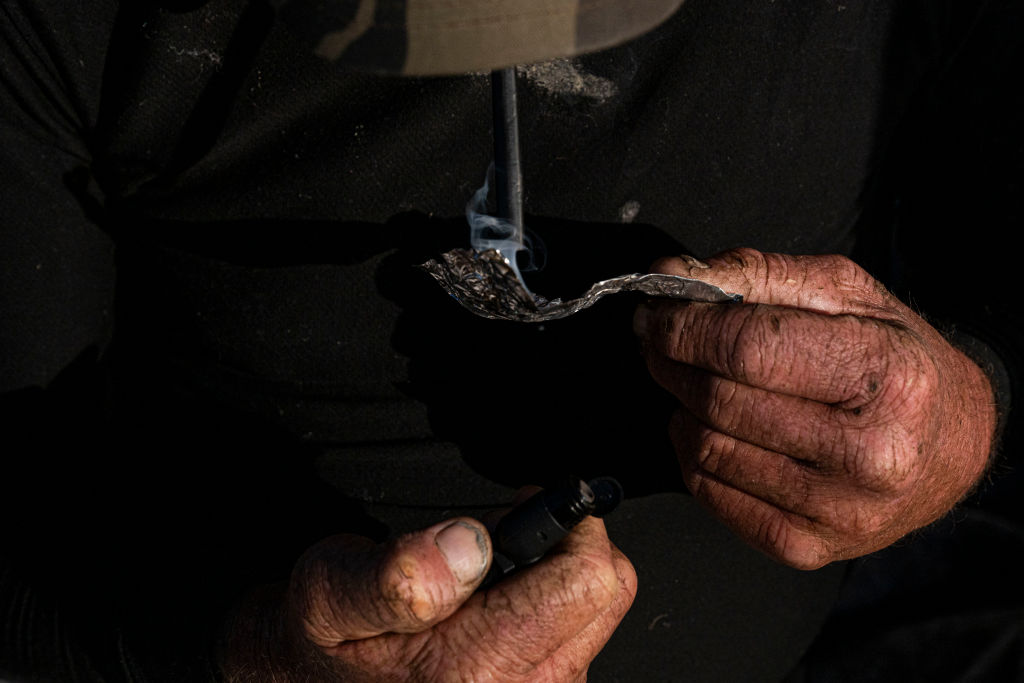

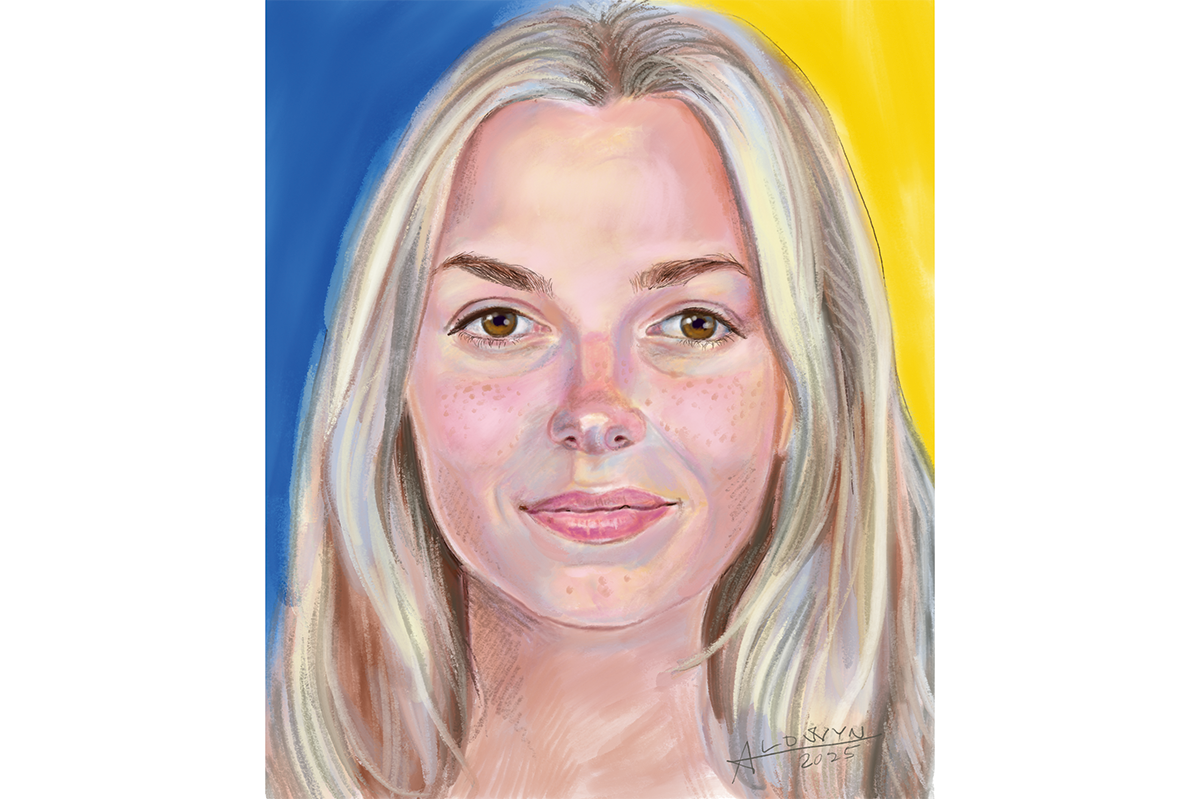
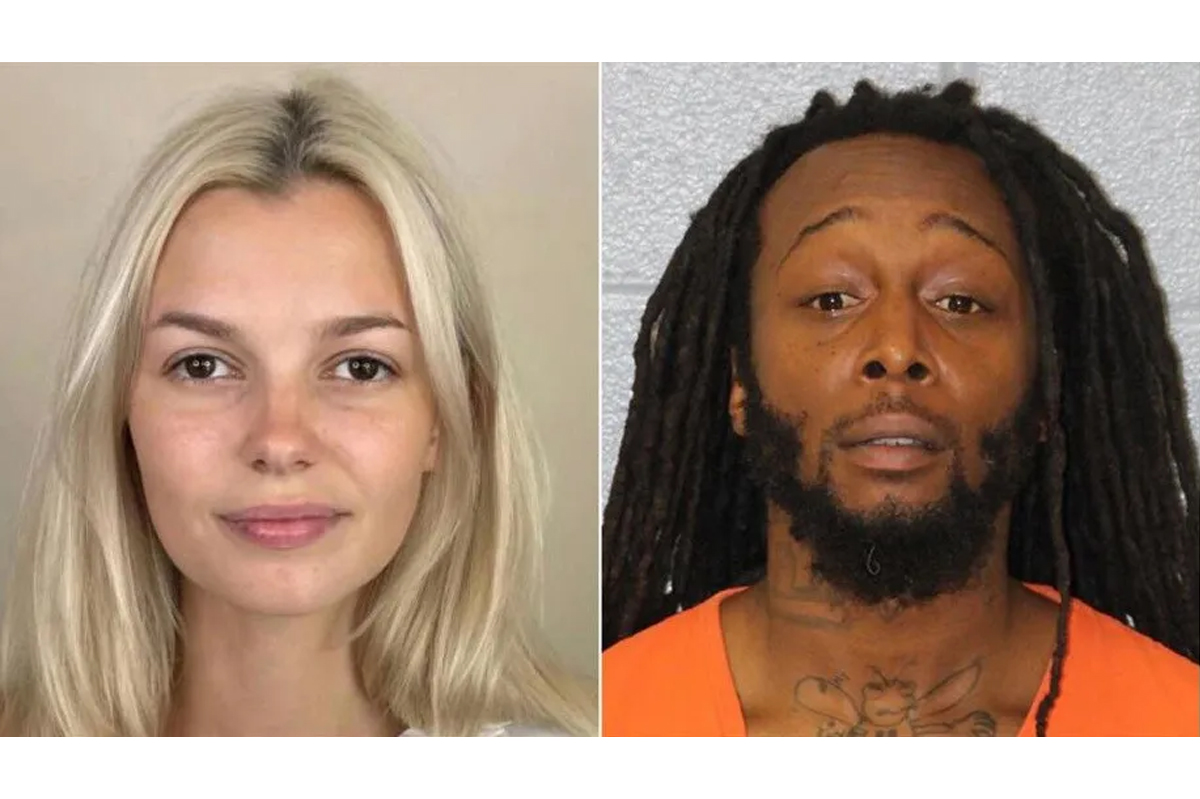

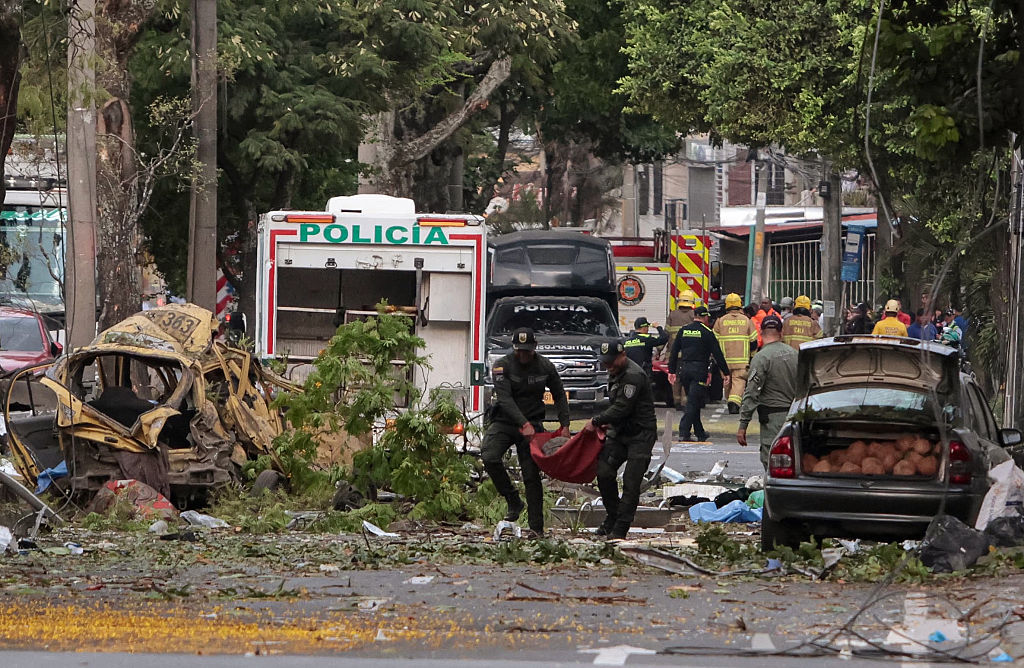

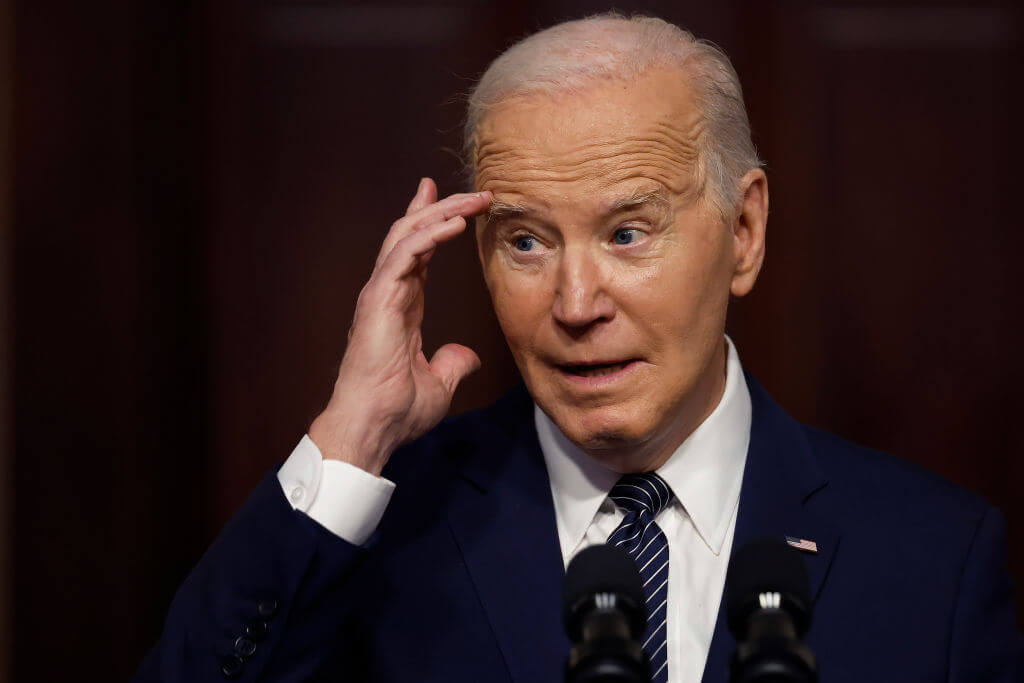


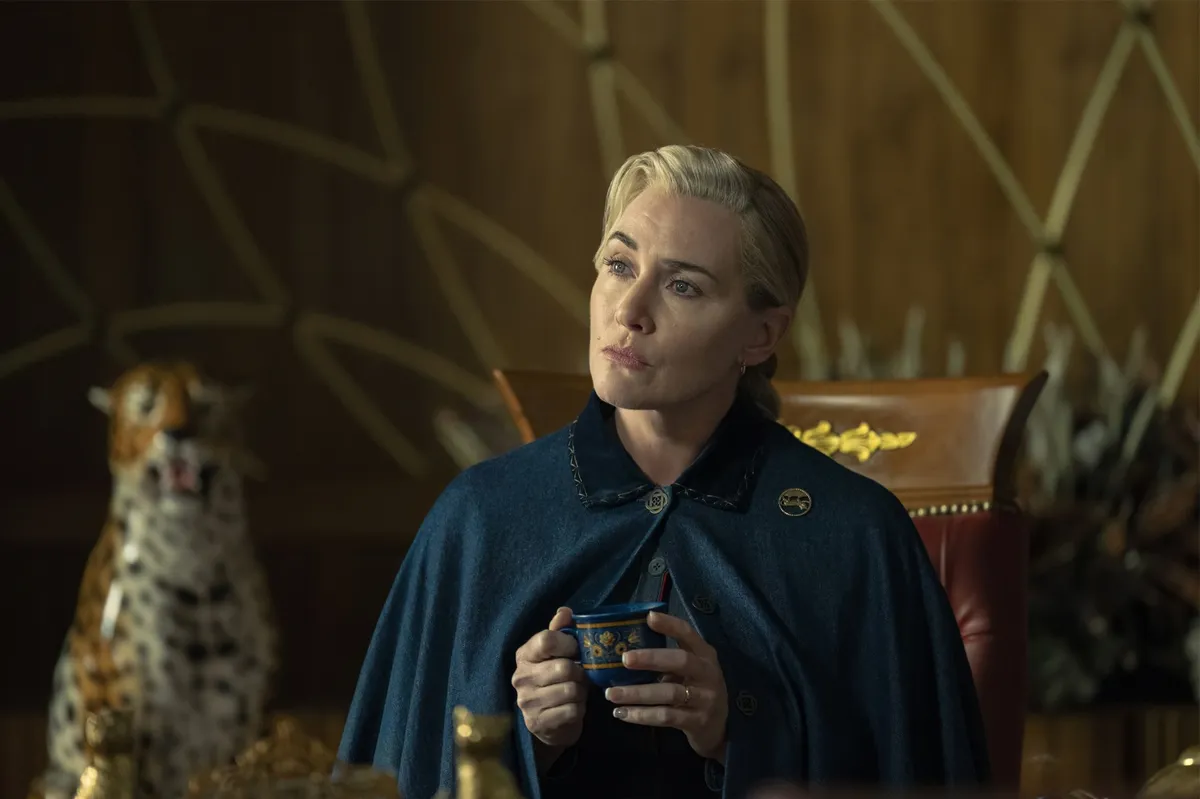
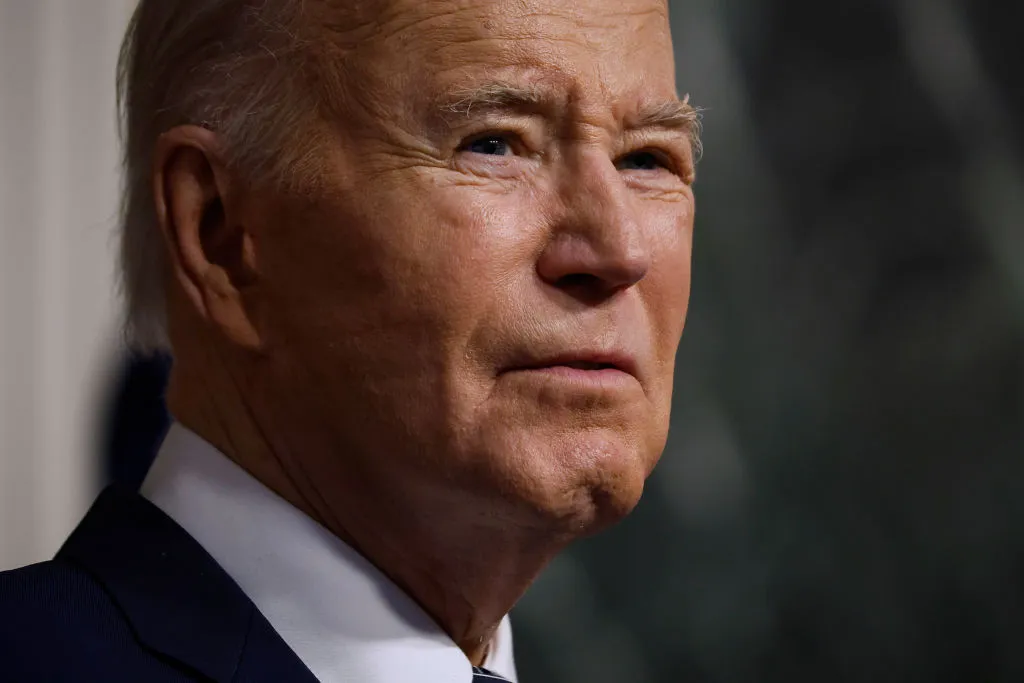

Leave a Reply